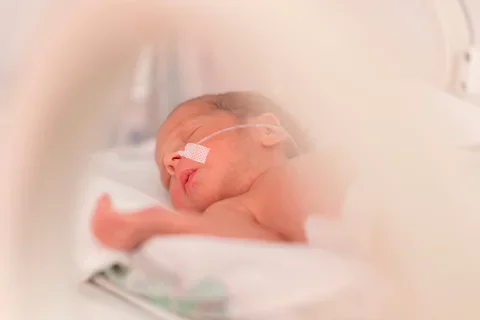Research
7 Nodes, 3 Cores, and 2200+ members working together to improve the well-being of children, families & communities.
The nodes and cores aim to bring together researchers and practitioners from different institutions who together partner with communities to co-design, test, implement, spread, and scale effective interventions that can improve life course health trajectories of children and families.

The Network’s 7 research nodes and 3 network cores are comprised of 125+ researchers from 40+ institutions from across the nation. These nodes partner with communities to co-design, test, implement, spread, and scale effective interventions that can improve life course health trajectories of children and families.
Network Cores

Engagement
Engagement Core
Measurement
Measurement Core
Thriving
Thriving CoreResearch Nodes

ADHD
ADHD Node
Early Childhood
Early Childhood Node
Adversity
Adversity Node
Family
Family Node
Prematurity
Prematurity Node
Maternal Health
Maternal Health Node
Schools
School NodeWant to join our Research Nodes or Network Cores?
Contact us to learn more.
What is life course intervention research?
The field of life course intervention research studies how and when to intervene in the life course in order to optimize health outcomes. This transformative approach looks at the whole person and the whole ecosystem and identifies optimal points and ways to reduce risk and maximize protective/preventive factors.
What are the challenges?
There are still a lot of barriers to addressing challenges through this framework, including numerous gaps in our knowledge about how and when to intervene for maximum effectiveness and efficiency, lack of a strong research and data infrastructure for prioritization, and a shortage of platforms and funds to pilot and scale effective approaches. Additionally, many researchers lack the knowledge, skills, and resources to carry out innovative and impactful life course intervention research. Finally, the failure to meaningfully engage patients, families, and communities in life course research means that approaches are not necessarily responsive to their challenges and needs.
What is the LCT-RN doing to advance life course intervention research?
Leveraging the collective intelligence of a growing life course intervention research community, the LCT-RN will identify and scale better ways of improving life course trajectories for children and families, with an emphasis on reducing health disparities among under-served and vulnerable populations.
The National Coordinating Center supports researchers working in collaborative research nodes to develop and promote innovative conceptual models and research project plans that are consistent with the guiding frameworks, mission, vision, and values of the Network. Nodes are led by subject matter experts and focus on a specific topic area around which there are significant gaps or opportunities for progress using the life course health development framework.
Acknowledgment
This project is supported by the Health Resources and Services Administration (HRSA) of the US Department of Health and Human Services (HHS) under award U9DMC49250, the Life Course Translational Research Network. The information, content, and/or conclusions are those of the author and should not be construed as the official position of, nor should any endorsements be inferred by HRSA, HHS, or the US Government.